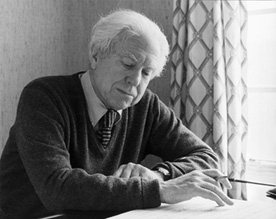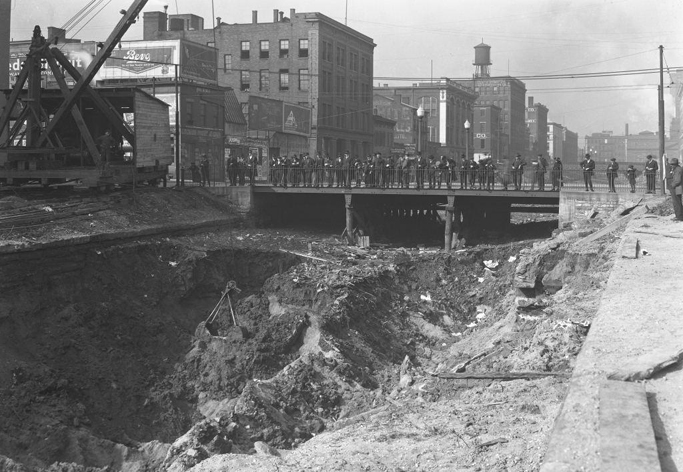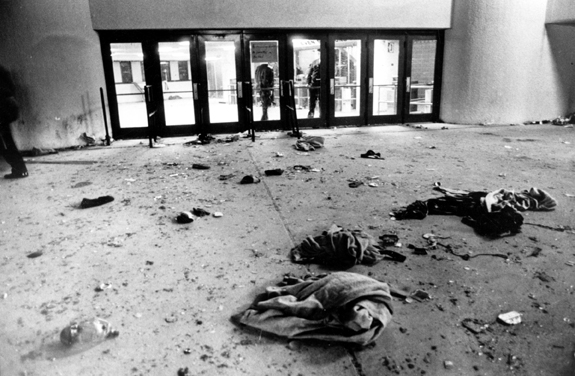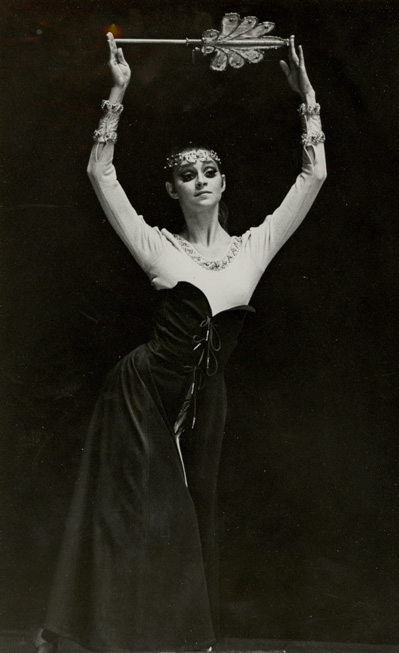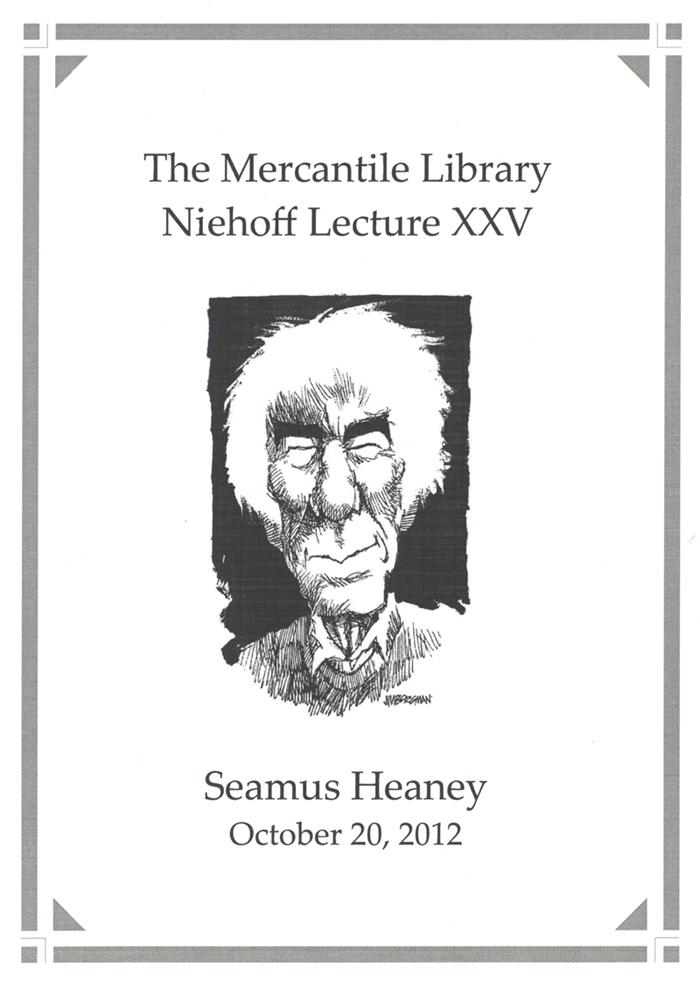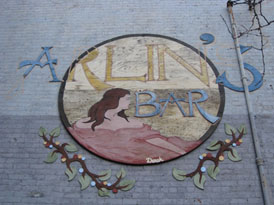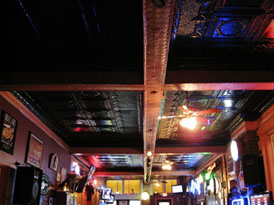By Molly Gullett
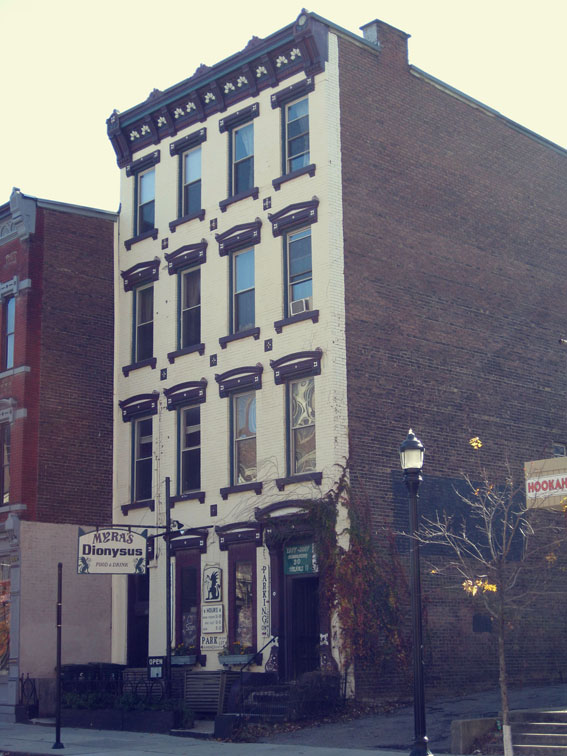 The Southwest Ohio Folklore Collection features a wide range of folklore related topics and this week’s blog explores food lore and folk art with a local twist. Carol Watkins’ paper from the collection features photographs and information on Myra’s Dionysus, a charming restaurant situated in a unique building at 121 Calhoun Street. Myra’s Dionysus is well known locally for their ethnic foods, vegetarian options and,
The Southwest Ohio Folklore Collection features a wide range of folklore related topics and this week’s blog explores food lore and folk art with a local twist. Carol Watkins’ paper from the collection features photographs and information on Myra’s Dionysus, a charming restaurant situated in a unique building at 121 Calhoun Street. Myra’s Dionysus is well known locally for their ethnic foods, vegetarian options and, 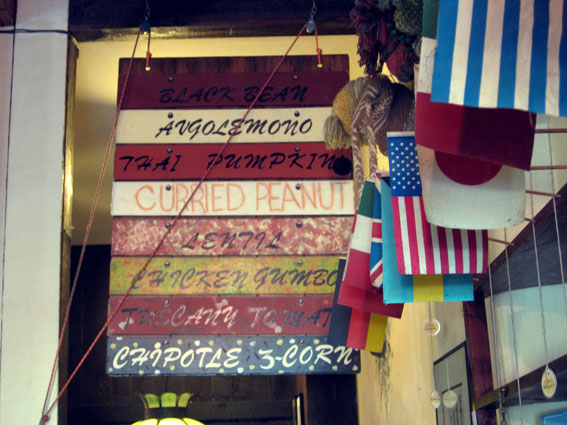 perhaps most notably, for their seasonal soups. If you have ever visited the restaurant, you might remember that the soups which are being offered that day are listed on colorful hand-painted signs hanging in the doorway to the small, but cozy, dining room. Continue reading
perhaps most notably, for their seasonal soups. If you have ever visited the restaurant, you might remember that the soups which are being offered that day are listed on colorful hand-painted signs hanging in the doorway to the small, but cozy, dining room. Continue reading

